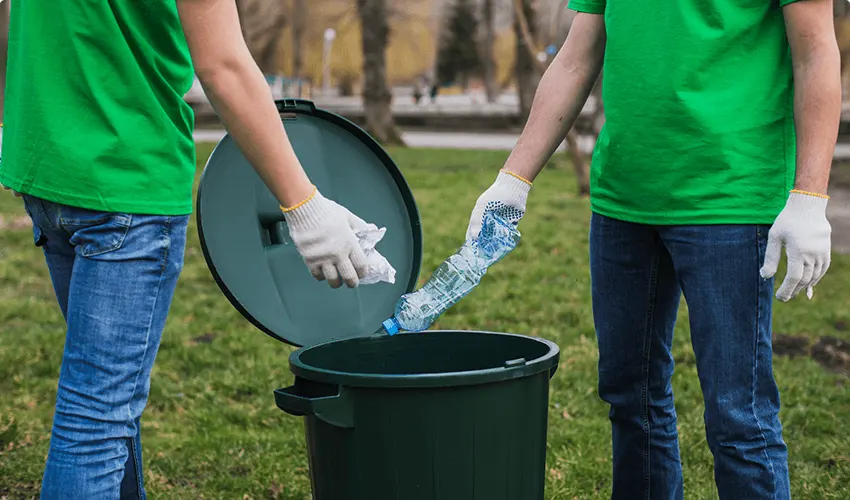14 May, 2025
 Sologenx Foundation
Sologenx Foundation
India's environmental future lies in the hands of its young citizens. With over 50% of its population under the age of 25, the country possesses a unique demographic advantage that is now being channeled into protecting and restoring nature. Across cities, towns, and villages, youth are no longer waiting for change-they are becoming the change-makers themselves.
From organizing tree plantation drives and clean-up campaigns to pioneering green startups and leading climate marches, India's young generation is taking bold steps to combat climate degradation. Platforms like Fridays for Future India, Green Dream Foundation, and numerous student-led eco clubs have amplified their voices, holding corporations and governments accountable for their environmental responsibilities. Movements once dominated by policy experts are now infused with the energy, creativity, and urgency of youth leadership.
Educational institutions are playing a key role in this transformation. Many schools and universities now host sustainability programs, eco-clubs, and green innovation challenges. Initiatives like the National Green Corps empower students to act as "Little Eco-Warriors," promoting environmental responsibility at grassroots levels. Furthermore, platforms such as social media have allowed young Indians to connect, collaborate, and amplify their green campaigns to a national and even global audience.
What sets this generation apart is their integrated approach. They blend traditional ecological wisdom with cutting-edge technology-using drones for reforestation, AI for climate prediction, and apps to track pollution. More importantly, they understand that climate justice is social justice. Youth are fighting not only for cleaner air and water but also for equity, sustainability, and inclusivity in how natural resources are managed.
Organizations like Sologenx Foundation are actively supporting this movement by engaging young people in real-world environmental activities like eco-trekking, afforestation, biodiversity mapping, and recycling innovation. By providing platforms for learning and leadership, they help youth evolve from participants to pioneers in ecological restoration.
In a world facing climate crisis, the courage, commitment, and creativity of India's youth offer hope. As their voices rise louder and their actions grow stronger, one thing becomes clear: the future of India's environment is not only in safe hands-it's in bold, brilliant, and determined ones.